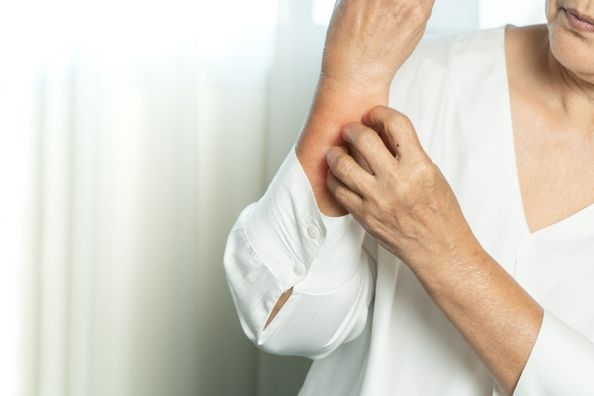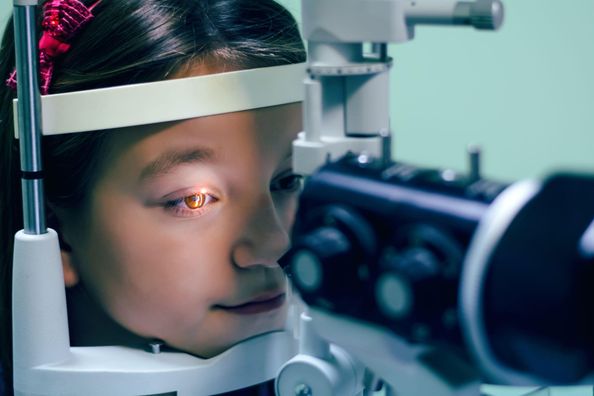So, why do hives occur? It turns out that there are many different causes. Fortunately, most cases are relatively mild conditions that are not life threatening. But, there are a few instances where urticaria, or the hives, represents a serious underlying medical condition.
One of the most commonly implicated causes is an allergic reaction. Medications, stinging insects, foods, food additives, and certain materials that make contact with the skin are all known to cause hives. Although virtually any medicine can induce hives, the most common drugs are antibiotics, narcotics, anti-inflammatory agents (NSAIDs), muscle relaxants, and radiocontrast agents used for imaging studies.
Allergic reactions to food typically result in urticaria within 30 minutes of ingestion. Milk, eggs, tomatoes, peanuts, strawberries, tree nuts, soy, and wheat are some of the common foods that affect young children. In older children and adults, fish and shellfish are also a potential cause.
Even though most of us associate hives with things that are ingested, there are a few things that can induce them just by making contact with the skin. These substances include certain plants, raw fruits and vegetables, latex, and raw seafood. Contact with animal saliva, cold temperatures, and heat (exercise, hot showers) are also common causes.
Despite the belief that allergies are the most common cause of hives, infections actually account for up to 80 percent of all cases in children. Most of these infections are self-limited viral illnesses that require no specific therapy. Some bacteria and even parasites have also been known to cause hives.
Finally, hives may be part of a chronic underlying medical illness. These situations are rare and there are usually other signs and symptoms present — fever, joint or muscle pains, weight changes, enlarged lymph nodes, fatigue, etc.
When should parents immediately be concerned about hives?
Urgent medical attention should be sought when the rash is accompanied by such things as lip or tongue swelling, facial swelling, shortness of breath, wheezing, abdominal pain, vomiting, dizziness/fainting, or profound weakness.
In the absence of other serious symptoms, treatment is aimed mostly at relief of the itching. Antihistamine medications are used most commonly and are available over the counter. They are approved for routine use in children over the age of two. Newer antihistamines such as cetirizine (Zyrtec), loratidine (Claritin), and fexofenadine (Allegra) tend to be less sedating and have the convenience of once or twice daily dosing. Older antihistamines such as diphenhydramine (Benadryl) are very effective; however, they are more sedating and require multiple doses per day.
Health Topics:







